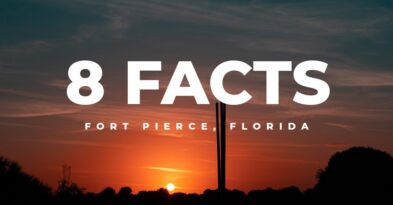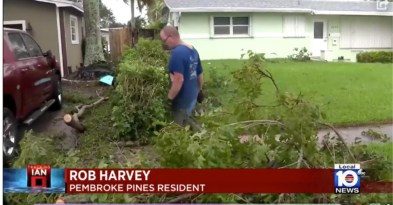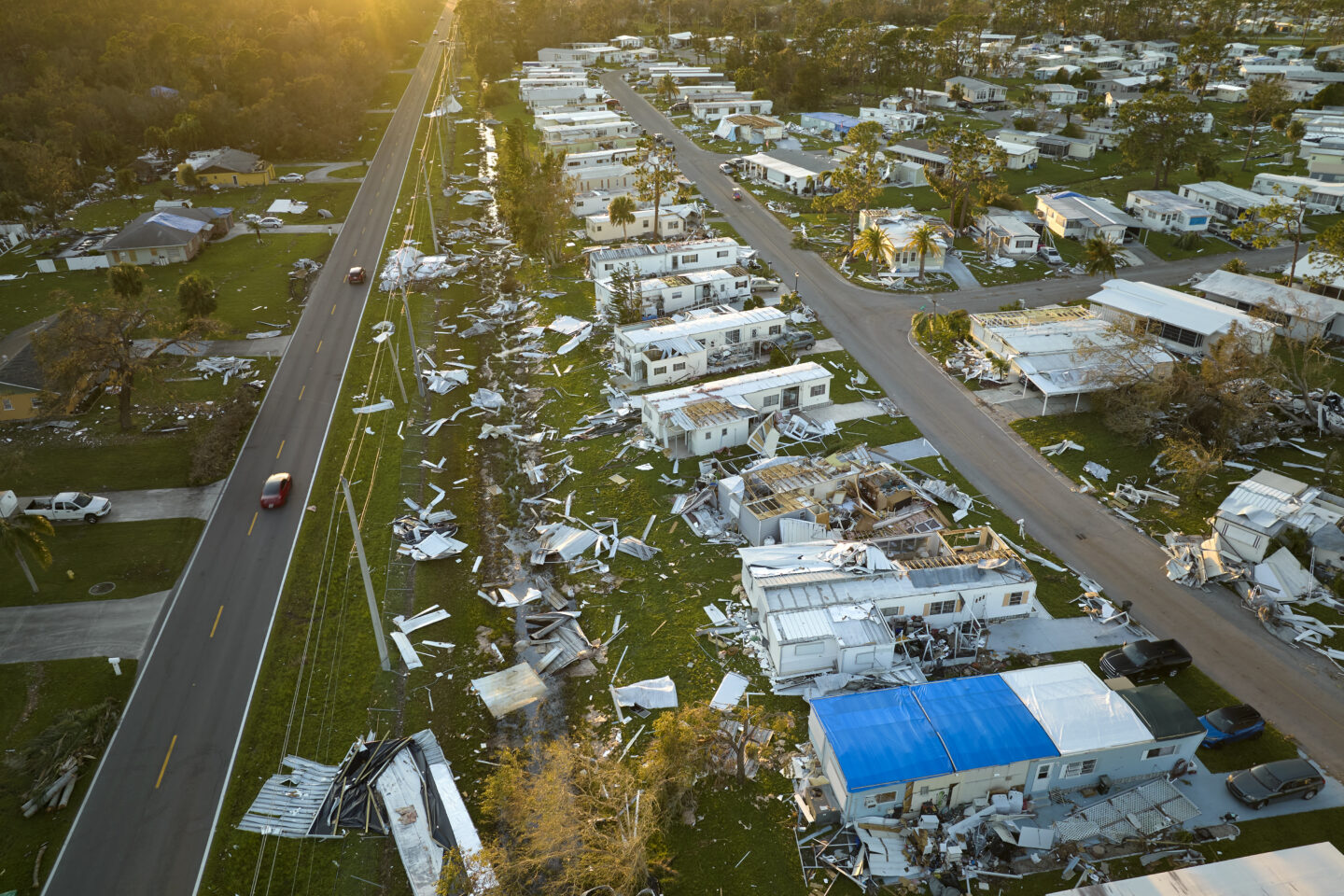A History Of Floridas Major Hurricanes And The Damage In Their Wake
Steven-FLG2024-10-03T17:47:41+00:00
The Fierce Five:
Related Posts

MARCH EVENTS
As we embark on our 2022 venture, there is so much untapped potential in the legal and medical field. That... read more

Cash In On Safety this Summer
With just under a month until school starts, insurance premiums on the rise, we’ve brought you the list of the... read more

Giving Back To Florida Schools
Giving Back is just "two words", but it can make a world of difference in someone's life. I believe that... read more

Hybrid Offices Are A Thing
Remote work; pre 2020 remote work and workers were not reeeally a thing. Most of the workforce is aware of... read more

8 Facts About Boynton Beach, FL
Boynton is an up-and-coming fun urban/suburban town. Main attractions to this area are very broad from going to some of... read more

8 Facts About Fort Pierce
Fort Pierce is a smaller town that was established in the early 1800s. With its beautiful nature life to its... read more

Is Your Personal Injury Attorney A Pretty Penny?
Many people worry that hiring an experienced Personal Injury Attorney will cost an arm and a leg, plus the medical... read more

Does No Insurance Really Affect Your Future?
Insurances Effect on Your Future
Driving without insurance is illegal in nearly all states but does not mean it... read more
Most damaged properties and autos after ian

Car Crash News – Injured On The Job
Near West Palm Beach, a distracted Lyft driver with two passengers in his car struck and killed a utility worker... read more
